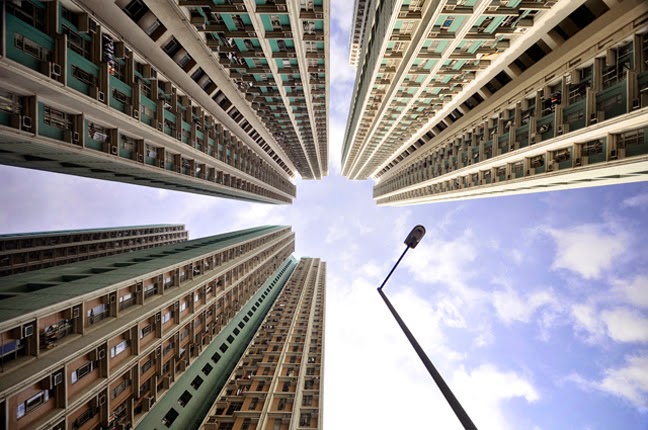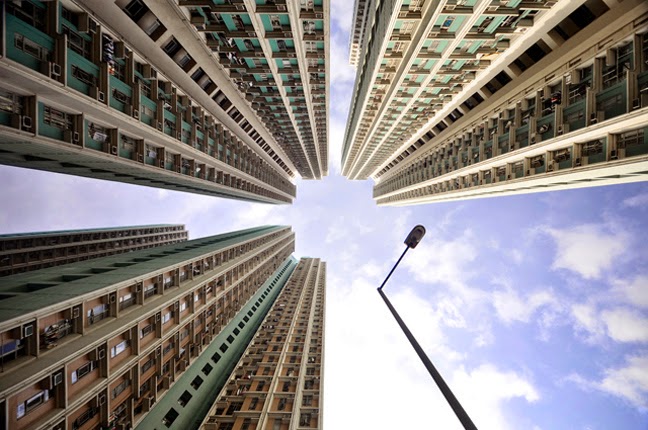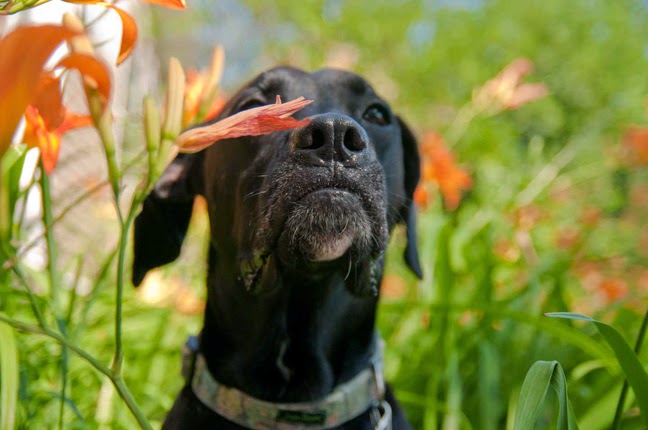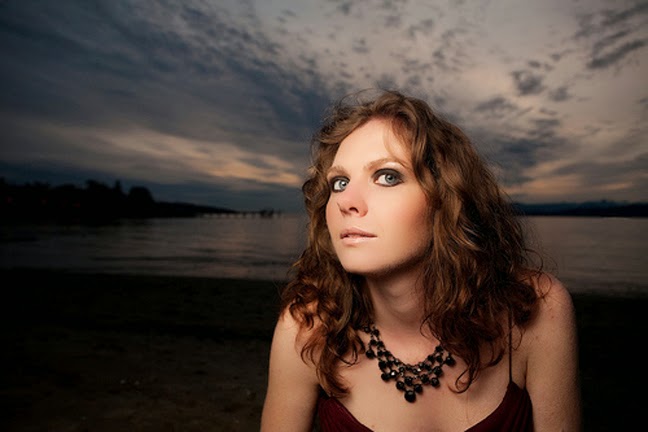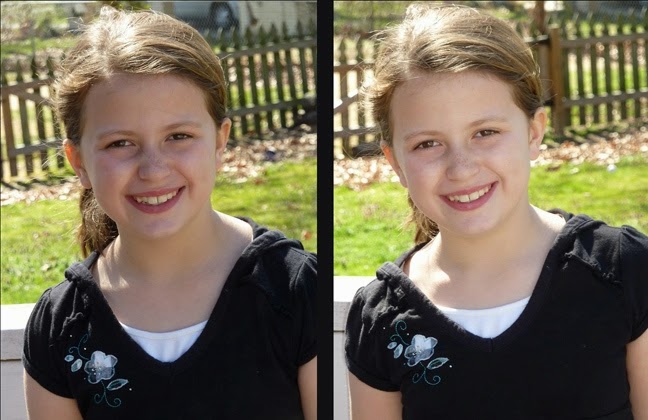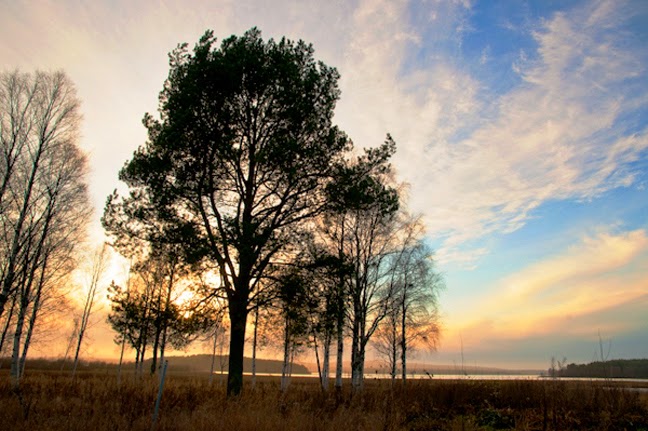Ten tips for aesthetically pleasing shots
A few years ago we used to take photos only on special occasions, wanting to keep a souvenir.
However, in the age of smartphones and social networks, taking pictures is a daily occurrence with amateurs clicking frantically, relying more on luck and quantity of photos, rather than some technical skill, to achieve a satisfactory result.
However, taking a relatively aesthetically pleasing photo is not impossible, even among amateurs.
By following certain rules and with personal experimentation, we can ensure decent shots, without relying on luck.
So let's look at 10 rules to keep in mind for beautiful photos φωτογραφ
Try vertical shots
Although most people tend to shoot horizontally, there are some issues that come to the fore if we turn the camera vertically. For example, an ascending ladder may be worth a vertical test. This does not mean that our camera should not have an extra incline that may highlight the subject and give a sense of "elevation".
Attention to the background
A very complex background, with many elements and different colors, distracts attention from the subject we are photographing, as it degrades it. What we can do is try to make the background simple, monochrome, without a lot of unnecessary elements. We also make sure that any objects do not look like they are "mushrooming" from our main subject (eg a person with a pole from behind, who looks as if he is "coming out" of his head). The way to do this is to try different shooting angles.
Approach your subject
As we said before, the background is very important for highlighting or degrading the subject we are photographing. One way to remove unnecessary "noise" is to approach the issue and focus on it. Approach your subject so that it completely fills the frame and click "click". The result may surprise you!
Pay attention to the focus (netting)
By leaving the background fluttering, unfocused, we can better highlight the central theme of our photo. This can be difficult to achieve with simple, digital cameras. One way to "trick" the camera is to find a focus you want (eg getting a little closer to the subject) and press the button that takes the photo halfway. Most cameras will photometer and focus, but without taking the picture yet. So, holding down the button until the middle we can move away, make our frame and then press the shutter to the end, so that the photo comes out.
Change height
There are many cases when the appropriate shooting angle is from low. And the only way to do that is to kneel or even sit down! For example, anything below eye level, such as children or pets, is usually better for us to fall at their height instead of photographing them downwards. In addition, low-angle shots are less commonplace, as we are accustomed to seeing the world from a height. So kneel down and discover a "new" world.
Find out the capabilities of your flash
In general, the flash of simple digital cameras for shooting in low light conditions is a solution of necessity that can rarely give decent results. So we avoid it and use it only when there is no other solution. But if we need it, then we need to know what its limits are. For example, if our subject is too far away from the lens, then it is likely to be dark. On a typical camera, the flash range is about 4 steps. You can determine the power of your own by consulting the user manual of the machine, but also by practical tests.
On the other hand, when we shoot with a flash, we make sure that the subject is not too close, because it will come out overlit.
Use the flash even if it is daytime
When shooting outdoors, using the flash can sometimes bring out the subject matter better. A typical example is photographing faces with a particularly bright background. In such a case, the flash will illuminate shaded spots on the faces and will give a more "professional" result.
Pay attention to the light
The alpha and omega in the photo is of course the light. After all, the light is what is captured on the camera's sensor in order to take the photo. So before you start taking pictures, it is good to observe how the light falls. You can get better shots by either changing your position or moving your subject.
Especially in portraits we avoid direct lighting of the face, as it leads to the appearance of intense shadows, not at all flattering. On the other hand, for landscape photography, the best hours of the day are early in the morning and in the afternoon, as the light creates long shadows and highlights beautiful colors.
Do not place the central subject in the middle of the image - The "rule of thirds"
The primary rule in visual composition states that we should not place our subject in the center of the frame! Although most people recklessly put the object they are photographing in the middle of the image, this weakens the composition. The "rule of thirds" tells us that the subject must be placed in specific areas of the frame, away from the center, in order for the photo to be more balanced and interesting.
Specifically, if we divide the frame with two parallel, horizontal lines and two corresponding vertical ones we will get 9 equal parts, as shown in the picture below. The subject of the photo should be near the dots in green.
Learn how your camera works and practice
The last tip for beautiful shots is continuous practice, after first learning how the camera works. Knowing and understanding the principles that govern photography will take us one step further, allowing us to "play" with the capabilities that better cameras give, such as speed and aperture control. But most important of all, is the constant experimentation and testing, devoting time to the composition of the frame and not just pressing the shutter button…
